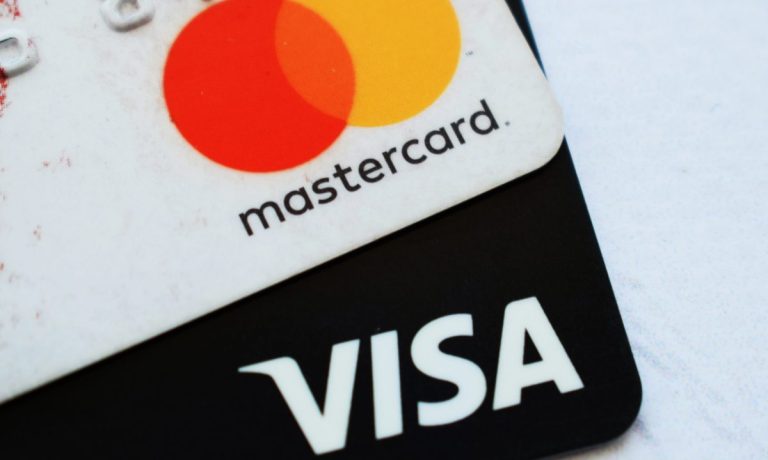Visa, Mastercard Earnings May Spotlight Contactless Payments Momentum

The payment networks will give insight into consumer spending — and resilience — when they report earnings this week.
But they’ll also give indications of the pivot towards contactless payments as a preferred way to pay, and towards new payment flows that build ancillary revenue streams at Visa and Mastercard.
American Express reported its earnings last week, offering up evidence that credit continues to be a viable and preferred option for individuals to get the goods and services they want. That’s especially true with younger consumers, and generally speaking, spending on experiences is outpacing spending on goods.
PYMNTS Intelligence’s own data noted earlier this year that coming into the summer months, one-third of United States cardholders increased their credit card spending, and we found that 77% of U.S. adults have at least one credit card. Some 55% of consumers with bank-issued credit cards pay their balances in full each month, which indicates that 45% revolve their balances.
Our survey of younger consumers dovetails with AmEx’s commentary that certain demographics have been spending more than their older peers. PYMNTS found that 43% of Generation Z and millennials shifting more spending to their credit cards.
Continued momentum in cross-border transactions may be a key point of discussion during Visa and Mastercard’s calls. Mastercard said over the summer that cross-border spending had handily topped pre-pandemic levels. In the most recent results, cross-border dollar volumes were up 24% year on year. During Visa’s commentary on its fiscal third quarter call, it noted that cross-border volumes surged 17%.
With a nod to how people pay once they get to where they’re going — and where they want to shop — contactless payments seem to be here to stay, as speed and convenience remain key selling points.
During Mastercard’s management commentary, Chief Financial Officer Sachin Mehra detailed that card present growth across overall spending was marked by increases in contactless penetration and that “contactless now represents over 60% of all in-person switched purchase transactions.”
Beyond Consumer Spending
Both companies have been busy building out ecosystems that are defined by markets that are still taking shape, underpinned by new technologies. Visa CEO Ryan McInerney said that new flows were up 20% as measured in constant dollars, and commercial volumes gained 9% in the quarter to $405 billion. Visa Direct, in particular, he said, saw fiscal third transactions quarter grow by 20% to 1.8 billion, given a boost in part by cross-border B2B transactions.
Mastercard CEO Michael Miebach said B2B payments are being streamlined and improved with virtual cards. Accounts payable, invoicing and other back-office functions “are large [total addressable markets] with a lot of clear pain points,” he said during the call. “Companies are looking to automate these processes, digitize these processes, get rid of the paper, and virtual cards are a solution that works tremendously well.”